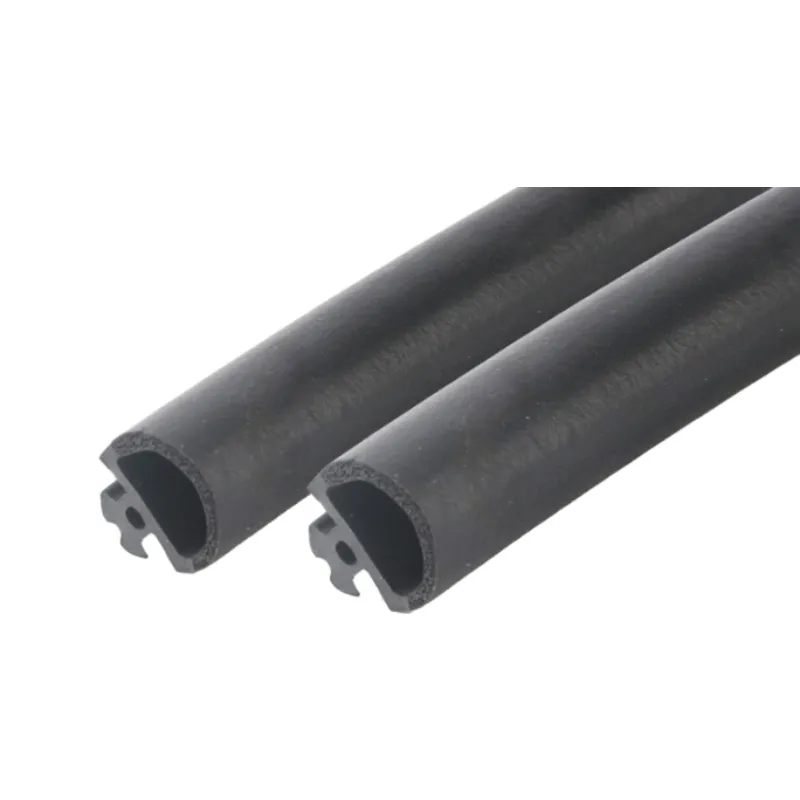Effective Solutions for Oven Insulation Strips to Enhance Energy Efficiency and Safety
Understanding Oven Insulation Strips Importance, Benefits, and Installation
Oven insulation strips are essential components of modern kitchen appliances, often overlooked when considering the overall efficiency and safety of cooking devices. These strips, typically made from heat-resistant materials, play a significant role in maintaining optimal cooking temperatures and enhancing energy efficiency. In this article, we will delve into the importance of oven insulation strips, their benefits, and how to install or replace them if needed.
Importance of Oven Insulation Strips
Oven insulation strips serve to seal gaps between the oven door and the oven body. This sealing is crucial as it prevents heat from escaping during the cooking process. When heat escapes, the oven has to work harder to maintain the desired temperature, leading to increased energy consumption and longer cooking times. Moreover, excess heat loss can create uneven cooking conditions, affecting the quality of the food being prepared.
In addition to improving thermal efficiency, insulation strips also enhance safety. An adequately insulated oven ensures that external surfaces do not become excessively hot, minimizing the risk of burns when touching the oven during or immediately after use.
Benefits of Oven Insulation Strips
1. Energy Efficiency One of the primary benefits of having effective insulation strips is their ability to reduce energy consumption. By minimizing heat loss, your oven can reach and maintain the desired temperature more quickly and efficiently. This not only lowers energy bills but also contributes to a more environmentally friendly kitchen.
2. Improved Cooking Quality With a well-insulated oven, heat distribution is more consistent, leading to even cooking. This is particularly important for baking, where precise temperatures are necessary for desired results. A properly sealed oven ensures that your soufflés rise, cookies bake evenly, and roasts cook to perfection.
3. Enhanced Safety As mentioned, insulation strips help keep the exterior of your oven cooler during operation, reducing the risk of burn injuries. For households with children or pets, a well-insulated oven is a significant safety feature.
4. Noise Reduction Insulation strips can also help in muffling the sounds of the oven during operation, providing a quieter cooking experience. This can be especially beneficial in open-concept homes where the kitchen is part of the living area.
How to Install or Replace Oven Insulation Strips
oven insulation strip

If you notice that your oven takes longer to heat up or that the exterior becomes uncomfortably hot, it may be time to check and possibly replace the insulation strips
. Here’s a simple guide on how to do it1. Gather Necessary Tools You will need a replacement insulation strip, a screwdriver (if applicable), and scissors.
2. Turn Off the Oven Ensure the oven is completely cool and unplugged from the power source for safety.
3. Remove Old Insulation Strips Carefully pry off the old insulation strips using your fingers or a flathead screwdriver. Be gentle to avoid damaging the oven door.
4. Clean the Surface Once the old strips are removed, clean the surface thoroughly to remove any adhesive residue or debris.
5. Cut the New Strip Measure the length of the area where the new insulation strip will be installed. Using scissors, cut the new strip to the appropriate length.
6. Install the New Strip Adhere the new insulation strip to the oven door, pressing firmly to ensure it sticks securely. Make sure it fits snugly without any gaps.
7. Reassemble If you had to remove any parts of the oven, reassemble them and plug the oven back in. Test to ensure that the door closes properly and feels well-insulated.
Conclusion
Oven insulation strips may seem like minor components, but their role in energy efficiency, cooking quality, and safety cannot be overstated. Regular checks and timely replacements can ensure that your oven operates at its best, ultimately enhancing your cooking experience. By understanding the significance of these strips and knowing how to maintain them, you can ensure your kitchen remains a safe and efficient space for culinary creativity.
-
Under Door Draught Stopper: Essential ProtectionNewsJul.31,2025
-
Garage Door Seal and Weatherstrips for ProtectionNewsJul.31,2025
-
Edge Banding Tape for Perfect EdgesNewsJul.31,2025
-
Table Corner Guards and Wall Corner ProtectorsNewsJul.31,2025
-
Stair Nose Edging Trim and Tile Stair SolutionsNewsJul.31,2025
-
Truck Bed Rubber Mats for Pickup BedsNewsJul.31,2025
-
Window Weather Stripping for Noise ReductionNewsJul.29,2025